#三島田���
Explore tagged Tumblr posts
Text

良い天気だったので、海辺を散歩。 気配を感じて振り向くと、あら…カマキリさん。 カメラ目線ありがとう!(きっと警戒してるのよね…)
31 notes
·
View notes
Photo
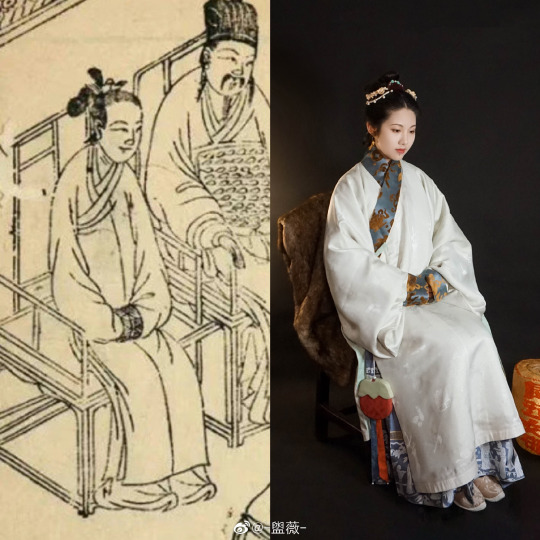

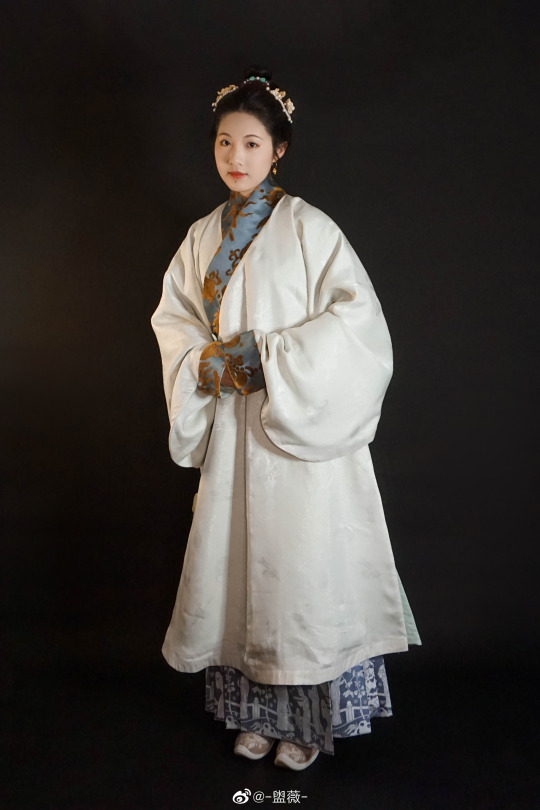
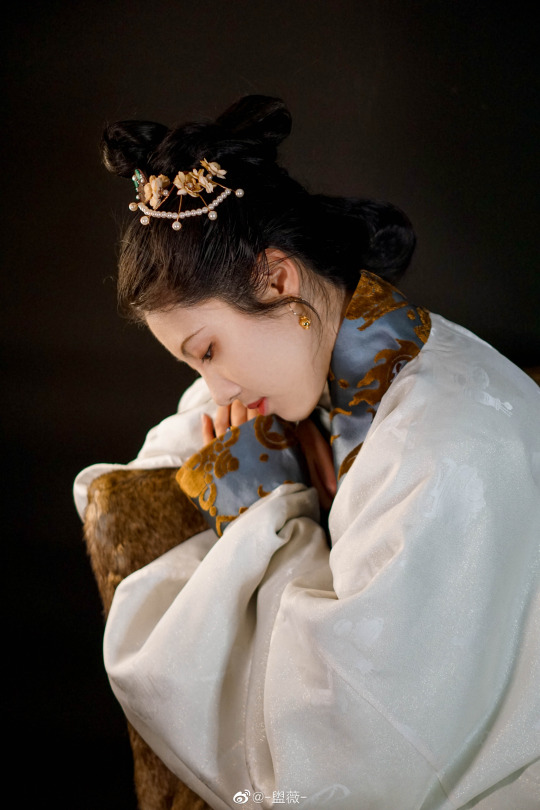


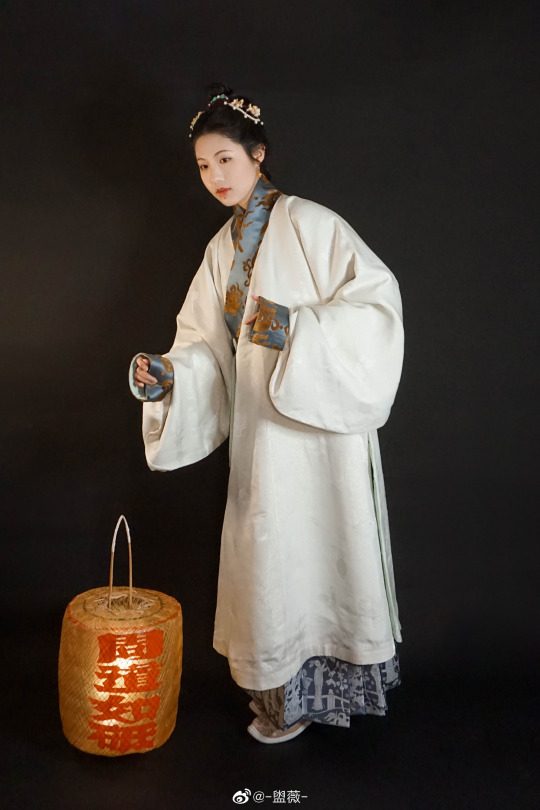


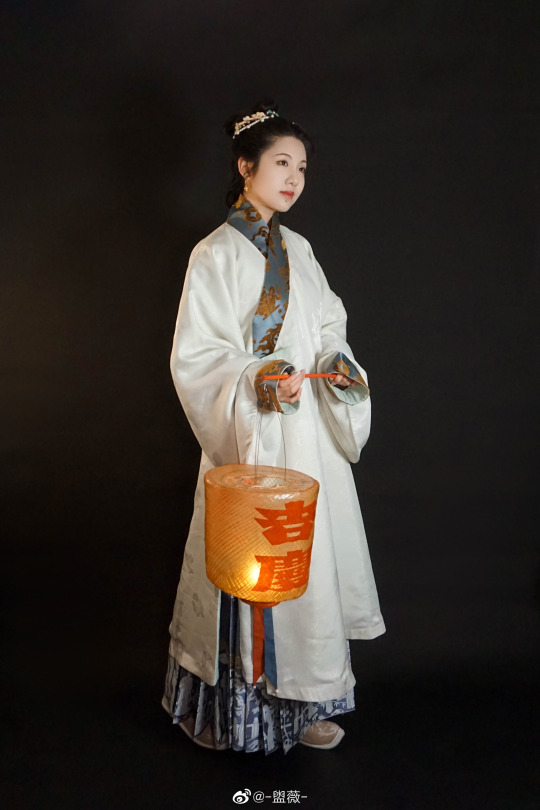
[Hanfu · 汉服]Chinese Ming Dynasty Wanli period (1573–1620 AD) Traditional Clothing Hanfu & Hairstyle Based On Ming Wanli period woodblock print painting
_______
Recreation Work:@-盥薇-
👗 Hanfu,Purse:@YUNJIN云今
🔗微博:https://weibo.com/3942003133/MrAxG2Q0q
_______
【About the Hairstyle 鬃髻(Zōng jì)】
The 鬃髻(Zōng jì) is one of the traditional Han ethnic woman hairstyles. It lasted from the Ming Dynasty to the end of the Qing Dynasty, and it still exists among Hakka(客家) elderly women.
We can see this hairstyle in the painting "《李端端图》" by Tang Yin(唐寅), a painter of the Ming Dynasty.Collection of Nanjing Museum
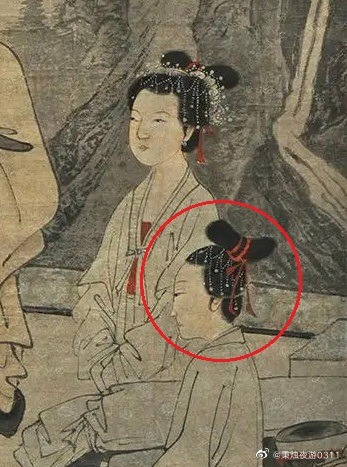
The 鬃髻(Zōng jì) can be matched with other hairstyles,like below:
Peony Head (牡丹头)+鬃髻(Zōng jì),
Ming Dynasty Green-glazed female pottery figurines,Collection of Guangdong Museum
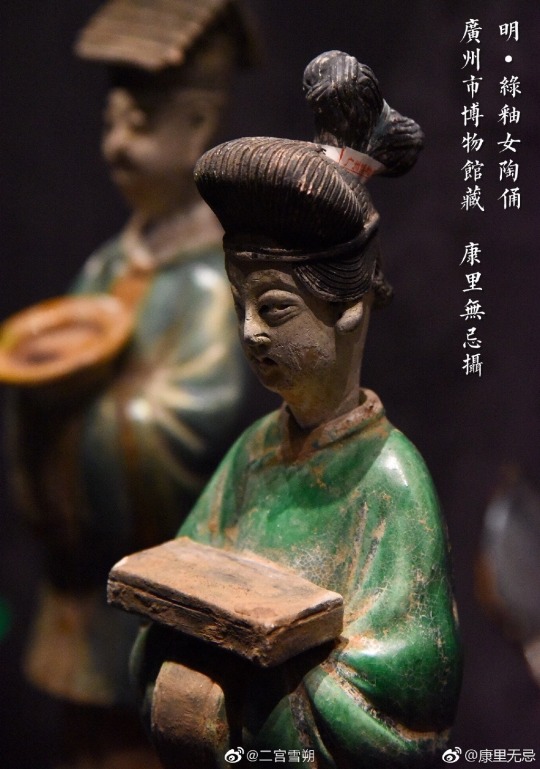
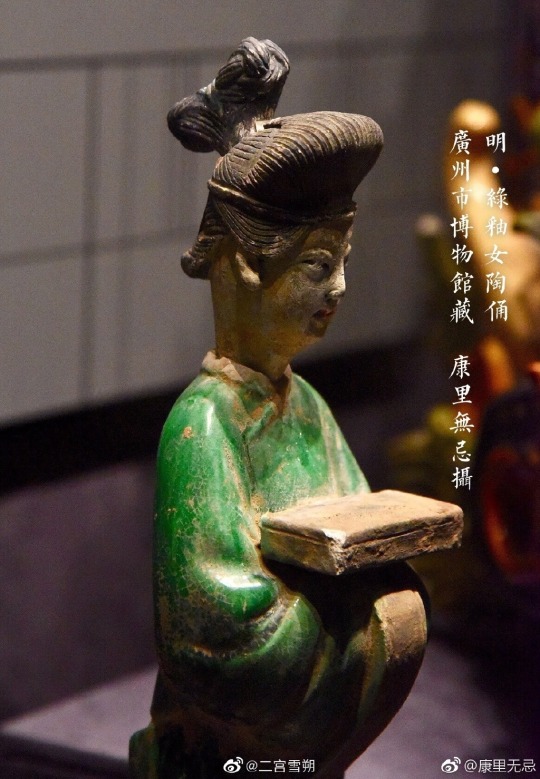
Ming Dynasty Colored Sculpture of Jellyfish Building in Jinci Temple/晋祠水母楼明代彩塑
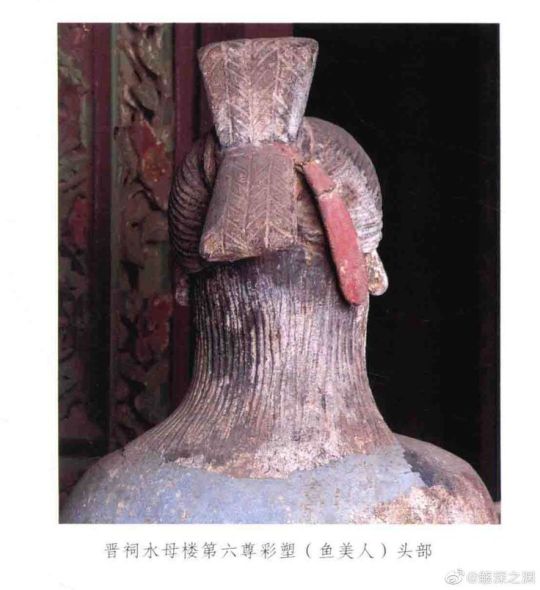
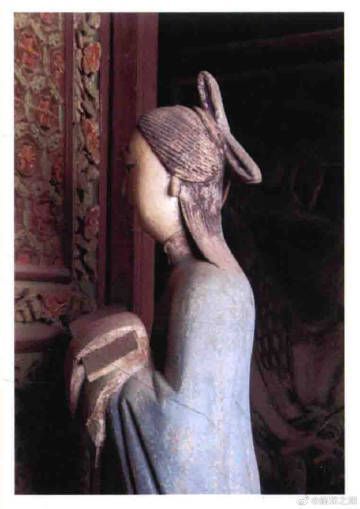
Qing Dynasty 鬃髻(Zōng jì),Qing Dynasty figurines
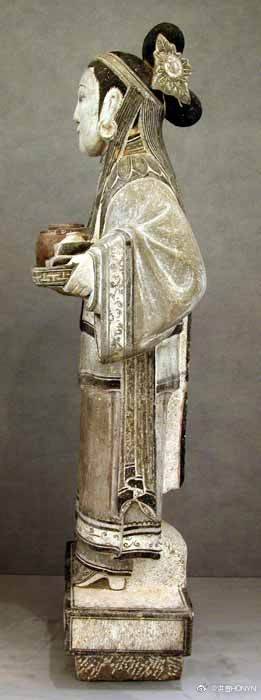
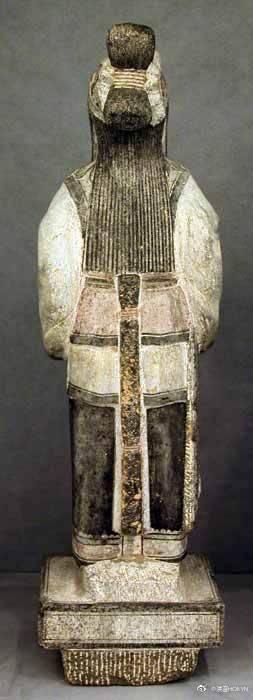
The Hakka(客家) ’s 鬃髻(Zōng jì) is divided into: 三把头(Sān bǎtóu) and 两把头 Liǎng bǎtóu)
For the most typical 三把头(Sān bǎtóu) , it divides the hair into three layers: upper, middle and lower. The part of the hair from the front of the forehead to the top of the head is called "门股(Mén gǔ)", and 门股 is divided into three parts: left, middle and right.Generally, some wigs are placed on the hair or combed the hair in reverse way to make it look fluffy.So from the front, it will have a very “full” effect of hair.
The 三把头(Sān bǎtóu) with 鬃髻(Zōng jì) of Hakka women in old photos
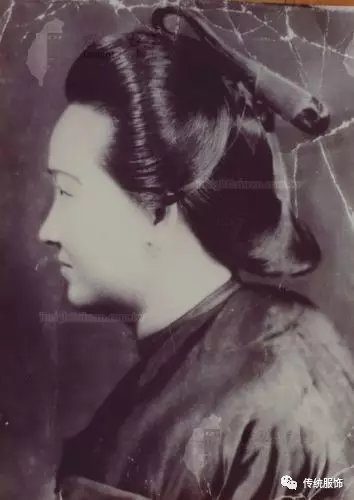

The part below the 三把头 (Sān bǎtóu) is generally called "髻尾". The upper, middle and lower parts of the hair will eventually tied together.
↓Schematic diagram in the book "Discussion on Liudui Hakka Traditional Clothing《六堆客家传统衣饰的探讨》"
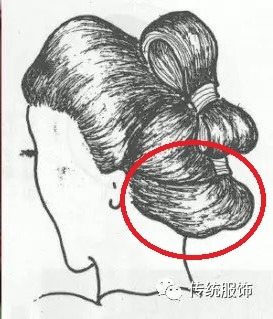
Hakka(客家) ’s 鬃髻(Zōng jì) :两把头 (Liǎng bǎtóu)
The :两把头 Liǎng bǎtóu) is the 三把头 (Sān bǎtóu) that simplifies the part of the "髻尾(The lower part)" , and divides the hair into two part,which is "门股(Mén gǔ)" and the "髻尾(The lower part). ※Some information says that 两把头 (Liǎng bǎtóu) are unmarried woman hairstyle and 三把头 (Sān bǎtóu) are married woman hairstyle, but this is not the case when looking at the photos

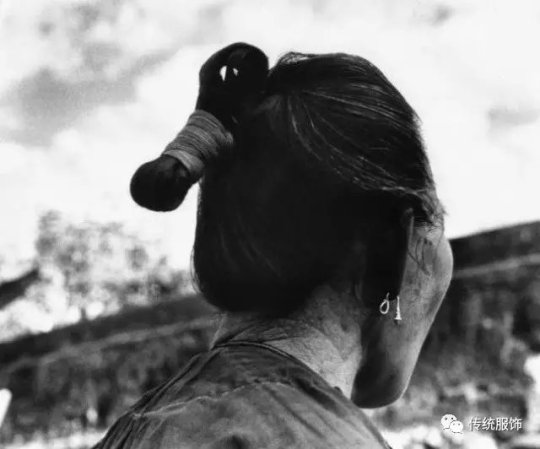

Lastly,Twho are familiar with Japanese culture may notice that above hairstyles are look similar to some hairstyles in Japan call 島田髷.But the method of divide the hair into sections, the way that make the sideburns and the shape after tied the hair together make it to a difference effect from china.
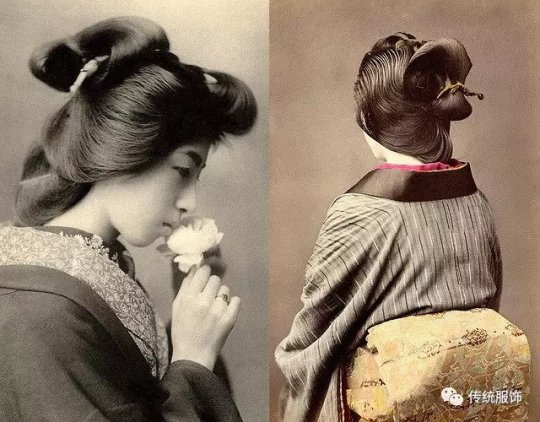

According 日本大百科全書(ニッポニカ),Japan's 島田髷 hairstyle is beginning from the 16th century of Edo period, while the China is also on late Ming period(※usually refers to from the beginning of Wanli (1573) to the end of Chongzhen (1644)).
Not sure if there is a connection between the japan and china. I will update if there is more information.
(Please correct me if I'm wrong🙏)
#Chinese Hanfu#Ming Dynasty#Wanli period (1573–1620 AD)#hanfu#Ming Wanli period woodblock print painting#hanfu history#chinese historical fashion#chinese historical hairstyle#chinese history#chinese traditional clothing#鬃髻(Zōng jì)#两把头 (Liǎng bǎtóu)#三把头 (Sān bǎtóu)#China#Japan#島田髷#Hakka(客家)#Qing Dynasty#recreation#chinese art#-盥薇-#YUNJIN云今#Peony Head (牡丹头)
233 notes
·
View notes
Text

お疲れ様でした
9 notes
·
View notes
Text
Sean bienvenidos, japonistasarqueologicos a una nueva entrega de historia nipona en la que os explico la evolución del artefacto Tanegashima, una vez dicho esto pónganse cómodos, que empezamos. - Fue introducido por los portugueses en 1543, en pleno periodo Muromachi desde la isla que lleva su mismo nombre, el polvo negro químico fue inventado por los chinos en el siglo IX, se usaba para los fuegos artificiales, después se trasladó a otros ámbitos. - Se cuenta que cuando llegó a Japón, un herrero vendió a su hija para poder producir dicho artefacto, era un producto raro y poco efectivo, no todos los samuráis la utilizaban, ya que muchos preferían, todavía, las técnicas tradicionales más efectivas, además la consideraban un elemento deshonroso. El hecho más notable fue el 28 de junio de 1575 en Nagashino, en la Provincia de Mikawa. El clan de Oda Nobunaga se enfrentaba contra el clan Takeda conocido por su temible caballería, Oda Nobunaga emplearía unas empalizadas para proteger a sus soldados de las sucesivas cargas, en esta batalla se usaría el artefacto en masa. Esto lo podéis ver en el famoso videojuego de Total War: Shogun 2. - Esperó que os haya gustado y nos vemos en próximas publicaciones que pasen una buena semana. - 日本の考古学者の皆さん、種子島の遺物の変遷を説明する新しい日本史へようこそ。 - 室町時代中期の 1543 年に、同じ名前の島からポルトガル人によって導入されました。化学黒色火薬は 9 世紀に中国人によって発明され、花火に使用されましたが、その後他の用途に移りました。地域。 - 彼が日本に到着したとき、鍛冶屋はその工芸品を製造できるように娘を売ったと言われています。それは希少で非効率な製品でした。多くの武士が依然として最も効果的な伝統的な技術を好んだため、すべての武士がそれを使用したわけではありません。彼らはそれを考慮しました不名誉な要素。 最も注目すべき出来事は、1575 年 6 月 28 日に三河国長篠で起こった。 織田信長の一族は、恐ろしい騎兵で知られる武田家と対峙しました。織田信長は連続突撃から兵��を守るために柵を使用しました。この戦いでは、アーティファクトが一斉に使用されました。 これは、有名なビデオ ゲーム Total War: Shogun 2 で見ることができます。 - 気に入っていただければ幸いです。今後の投稿でお会いしましょう。良い一週間をお過ごしください。 - Welcome, Japanesearchaeologicalists, to a new installment of Japanese history in which I explain the evolution of the Tanegashima artifact. Having said that, make yourself comfortable, let's begin. - It was introduced by the Portuguese in 1543, in the middle of the Muromachi period from the island that bears the same name. The chemical black powder was invented by the Chinese in the 9th century. It was used for fireworks, then it moved to other areas. - It is said that when he arrived in Japan, a blacksmith sold his daughter to be able to produce said artifact. It was a rare and ineffective product. Not all samurai used it, since many still preferred the most effective traditional techniques. They considered it a dishonorable element. The most notable event was on June 28, 1575 in Nagashino, Mikawa Province. Oda Nobunaga's clan faced the Takeda clan, known for its fearsome cavalry. Oda Nobunaga would use palisades to protect his soldiers from successive charges. In this battle, the artifact would be used en masse. You can see this in the famous video game Total War: Shogun 2. - He hoped you liked it and see you in future posts, have a good week.
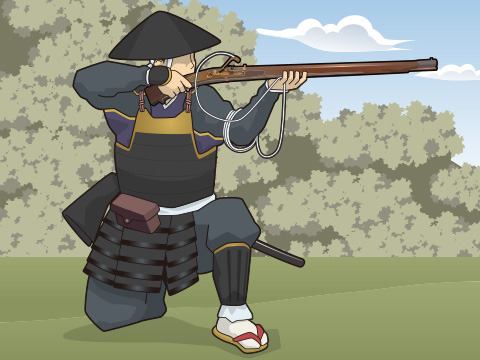
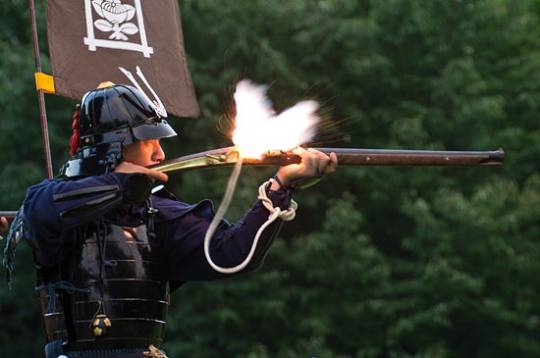
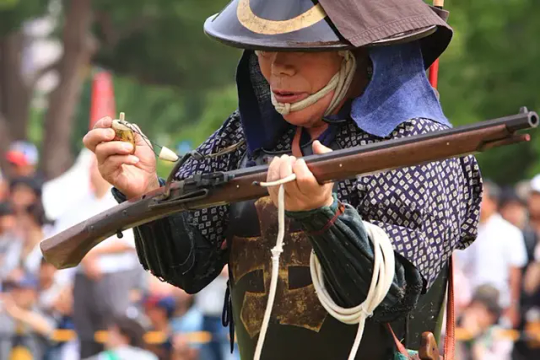
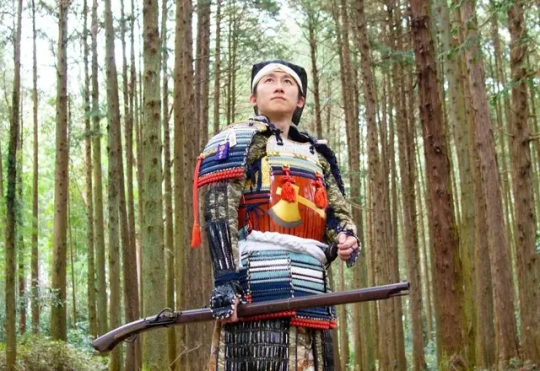
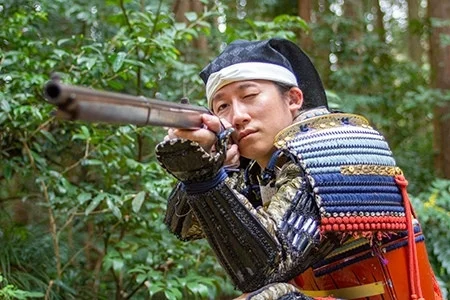


#Japan#History#China#Tanegashima#Hinawashu#NobunagaOgata#Kurantakeda#BattleofNagashino#MikawaProvince#NagashinoCastle#Portugal#MuromachiPeriod#VideoGame#TotalWarShogun2#-#日本#歴史#���国#種子島#日奈和州#緒方信長#倉武田#長篠の戦い#三河#長篠城#ポルトガル#室町時代#ビデオゲーム#photography
23 notes
·
View notes
Text
神島にて、三島由紀夫が『潮騒』取材中に滞在していた寺田家を、宿泊した旅館にお願いして案内してもらいました。

①寺田家に続く階段

②『潮騒』の登場人物、漁業協同組合長「宮田照吉」のモデルになった寺田宗一さん宅。現在はどなたも居住されていません。

③寺田家の屋根越しに臨む景色。島の電気供給に大切なケーブルは、まるで空に線を引いたように見えます。
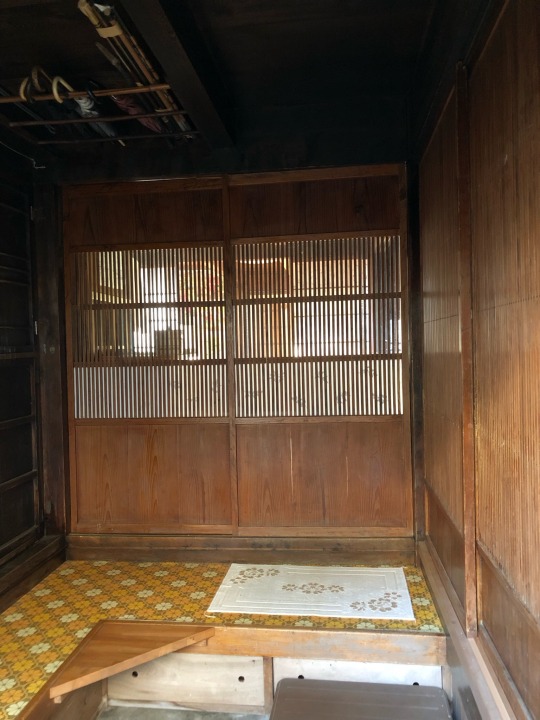
④玄関を入ってすぐ。左側には原作の通り、急な傾斜の梯子階段がありますが、本当に梯子のように急な傾斜で撮影出来ませんでした。

⑤三島由紀夫が朝6時半に起きる毎日を過ごしていた2階のお部屋。
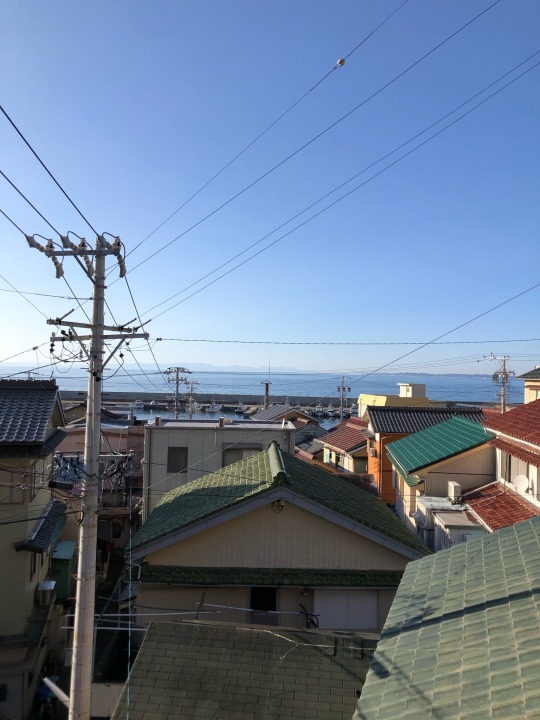
⑥2階の窓から三島由紀夫も眺めたと思われる眺望。

⑦三島由紀夫から寺田宗一さんへの贈り物など、所縁の品々。赤い机は当時、三島由紀夫が実際に使用していたもの。奥に山口百恵さんのパネルが❗️
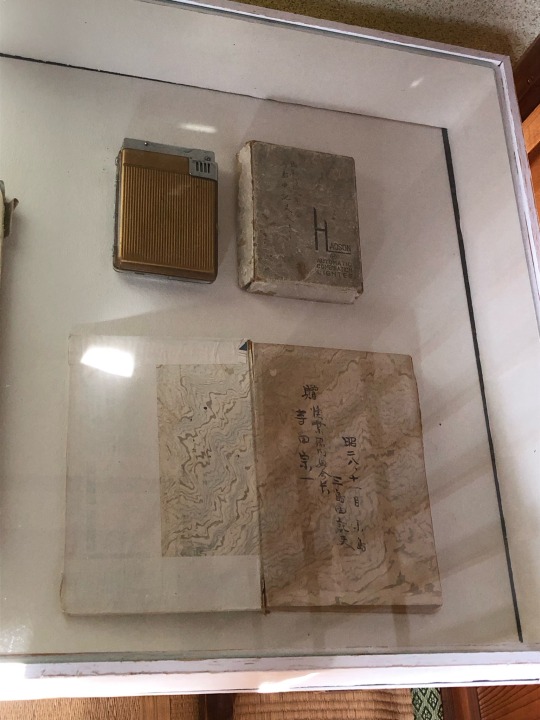
⑧三島由紀夫のサインの入った品々。左上はシガレット入れの付いたライター、右上はその外箱。

⑨怖い程、澄み切ったエメラルドカラーの神島の海。
当時、28歳だった三島由紀夫が、
「人口千二、三百、戸数二百戸、映画館もパチンコ屋も、呑屋も、喫茶店も、すべて「よごれた」ものは何もありません。この僕まで忽ち浄化されて、毎朝六時半に起きてゐる始末です。ここには本当の人間の生活がありさうです。たとへ一週間でも、本当の人間の生活をまねして暮すのは、快適でした。」と川端康成宛の手紙に書いたように、現在も映画館、パチンコ屋、そして呑屋はありませんが、宿泊した旅館の姉妹店でもあるかわいい喫茶(軽食)店が時計台の隣にありました。
人口は昭和28年当時、1,200〜1,300人となっていますが、2022年で402人に…。澄んだ海のように島の人々は快活、気さく、親切で働き者ばかり、しかし荒波で知られる伊勢湾の海を相手に命懸けの漁業をされるのですから、遊びに来たのがちょっぴり恥ずかしくなるような旅でした。
#潮騒#潮騒の地#三島由紀夫#神島#寺田家#寺田宗一氏#離島#三重県#鳥羽市#漁村#yukio mishima#kamishima#kamishima-iland#toba-shi#mie prefecture#the sound of waves
112 notes
·
View notes
Text

俘虜になった大本営参謀-三五年目のガダルカナル島 千田夏光 毎日新聞社 装幀=谷村彰彦
4 notes
·
View notes
Text




24 notes
·
View notes
Photo
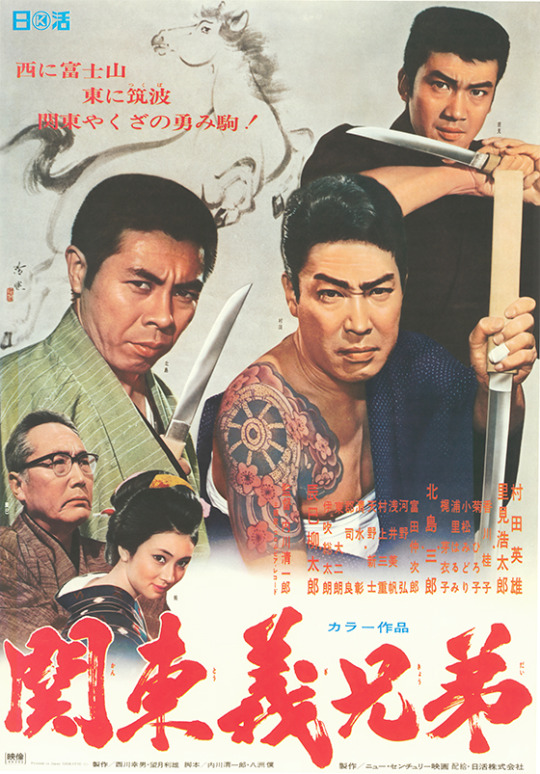
Poster for Loyal Kanto Brothers (関東義兄弟), 1970, directed by Seiichiro Uchikawa (内川清一郎) and starring:
Hideo Murota (村田英雄) Kotaro Satomi (里見浩太朗) Saburo Kitajima (北島三郎) Meiko Kaji (梶芽衣子) and Ryutaro Tatsumi (辰巳柳太郎).
#Meiko Kaji#梶芽衣子#Seiichiro Uchikawa#Hideo Murota#Saburo Kitajima#Kotaro Satomi#Ryutaro Tatsumi#Loyal Kanto Brothers#関東義兄弟#内川清一郎#村田英雄#里見浩太朗#北島三郎#辰巳柳太郎#poster
37 notes
·
View notes
Photo
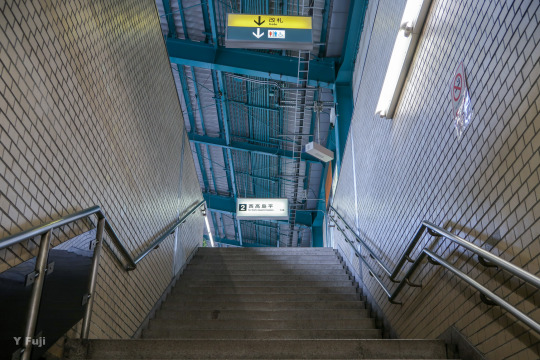



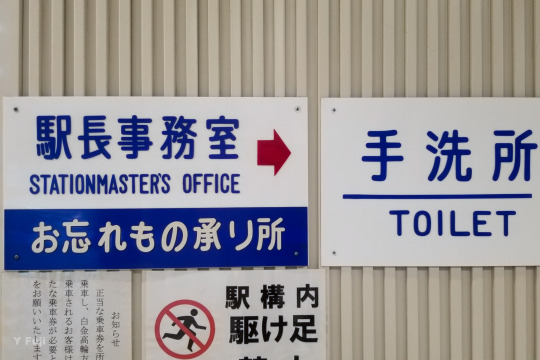
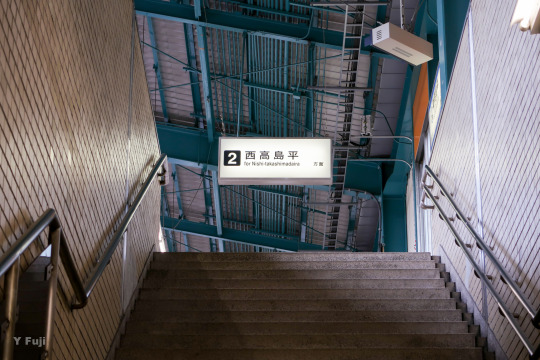
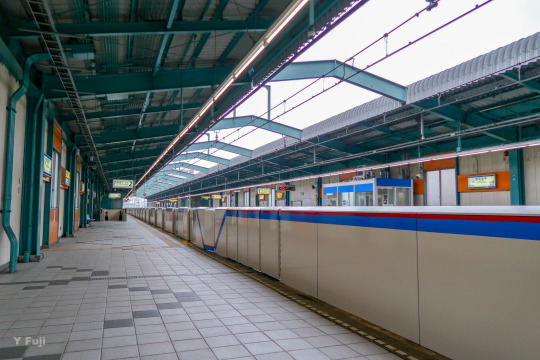

2018.9.15 Shin-Takashimadaira Station 東京都交通局 三田線 新高島平駅
#japanphotography#japanrailway#japanphoto#railway#railfan#station#cityphotography#railpictures#鉄道#駅めぐり#metro#tokyophotography#東京都交通局#都営三田線#地下鉄#東京の駅#新高島平駅
49 notes
·
View notes
Text









Orenji rôdô kyûkô /オレンジロード急行 1978
Director:Kazuki Omari
Cast : Kanjuro Arashi as Suzunosuke Suzuki, Yoshiko Okada as Moto Tanaka , Leo Morimoto as Flow, Yutaka Nakajima as dump, Tetsuya Shima as Meka , Yoshio Harada as detective Genta,
Kenzo Kawarasaki as Taizo Hashima .
#原田芳雄#yoshio harada#嵐 寛壽郎#岡田 嘉子#森本 レオ#小倉 蒼蛙#中島 ゆたか#河原崎建三#大森一樹#Kazuki Omori#Yutaka Nakajima#Kenzo Kawarasaki#Yoshiko Okada#Leo Morimoto#Kanjuro Arashi
3 notes
·
View notes
Text

島の友人のお店〈タネむすび堂〉でランチ。 友人の手でつくられるごはんをゆっくり食べる贅沢な時間。
チェーン店じゃない、個人が営む小さなお店が小豆島にはいっぱいあります。 そんなお店の多くは、営業日は限られてるけど、事前にチェックしてぜひ訪れてみてくださいね。
[map]
31 notes
·
View notes
Text
ここに生きられたことへの誇り
/ドラマ10大奥 /大奥 /大奥完結
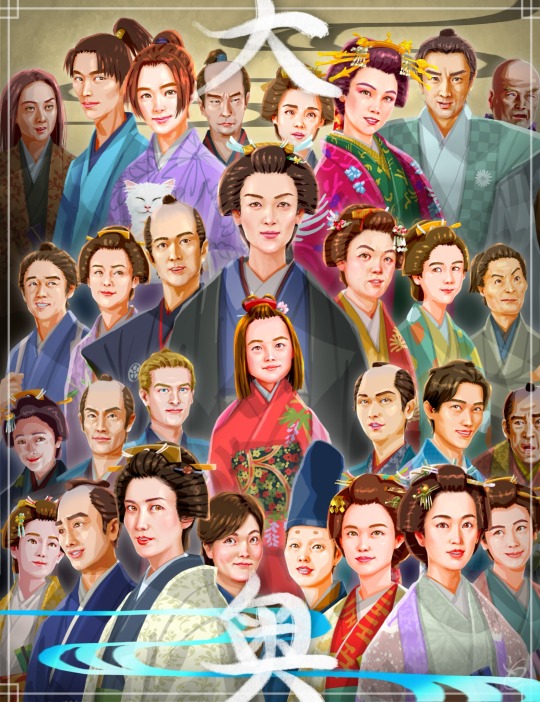
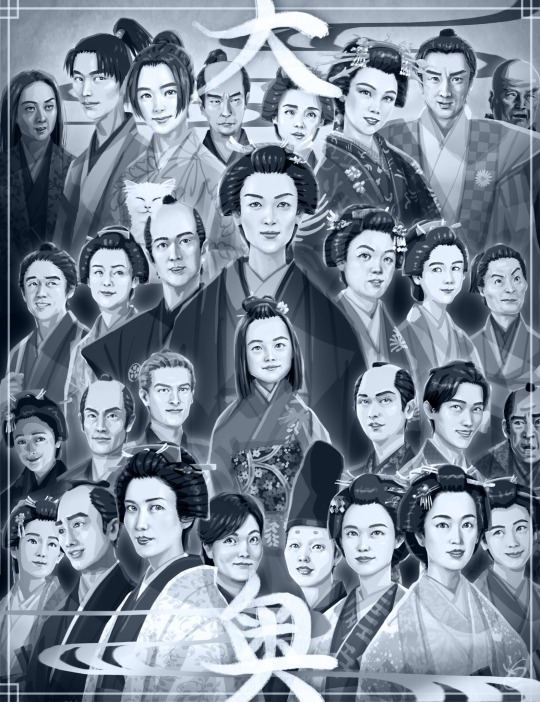
#ドラマ10大奥#大奥#art#illustration#digital art#digital drawing#drawing#procreate#イラスト#イラストレーション#宮崎莉里沙#堀田真由#仲里依紗#冨永愛#松下奈緒#愛希れいか#志田彩良#岸井ゆきの#福士蒼汰#倉科カナ#貫地谷しほり#中島裕翔#三浦透子#當真あみ#片桐はいり#鈴木杏#中村蒼#蓮佛美沙子#瀧内公美#古川雄大
6 notes
·
View notes
Text


9 notes
·
View notes
Photo

バイクを楽しむ機会を増やし、バイクを取り巻く環境の問題解決に取り組むといったバイク業界の活性化を目的として発足した一般社団法人MRS (モトライダースサポート)が主催する“モトライダースフェスタ”。昨年に引き続き今年も箱根エリアで今週末に開催される。
https://www.l-bike.com/topics/42327/
#MRS#アネスト岩田スカイラウンジ#カスタムバイク#クラシックバイク#バイカーズパラダイス#モトライダースサポート#モトライダースフェスタ#三島スカイウォーク#加賀山就臣#箱根ターンパイク#絶版バイク
2 notes
·
View notes
Photo

【あの治療家さんが!?】 プロスポーツ選手の駆け込み寺❗️ なんと! 藤田治療院院長 藤田先生が漢方を お買い上げいただきましたー♪ ありがとうございます😊 身体のメンテナンスに 東洋医学は最適です✨ #藤田治療院 #藤田義行 #鍼灸 #漢方 #身体のメンテナンス #東洋医学 #三島 #三島市 #心音道 https://www.instagram.com/p/CpM_5fDy321/?igshid=NGJjMDIxMWI=
6 notes
·
View notes





